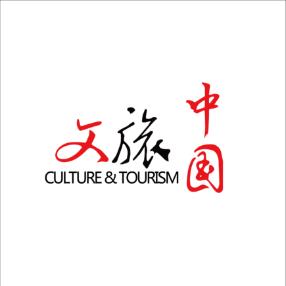
中国古代龙的演变,经历了从夔龙、应龙、金龙这三大阶段的发展,而爪趾数是逐渐变化增多的。
The evolution of dragons in ancient China underwent three major stages: the Kui Dragon, Ying Dragon, and Jin Dragon. During this progression, there was a gradual increase in the number of claws.
商周朝时期,古代劳动人民对于龙的形象认知还非常抽象,那时候的青铜器上,多篆刻夔龙纹,单足(有些专家认为其实应为双足,只是在青铜器上展示时另一边被遮掩无法看到)。
During the Shang and Zhou dynasties, the ancient working people had a relatively abstract perception of the dragon's image. In that era, bronze artifacts often featured engravings of Kui dragons, depicted with a single foot (some experts suggest that it might actually be double-footed, with one side concealed and not visible on the bronze artifacts).

到了战国时期,应龙出现,全部都是三足趾。到秦汉时期已成为瓦当、铜镜上出镜率最高的一只神兽。
In the Warring States period, the Ying Dragon emerged, consistently depicted with three toes. By the Qin and Han dynasties, it had become the most frequently portrayed mythical creature on roof tiles and bronze mirrors.
唐宋时期,文化繁荣,龙的形象实现了质的飞跃,并一直延续至今,未曾发生大的改变。唯独脚趾这处细节,历朝历代都有些许出入。宋代画家董羽则认为龙“角似鹿、头似牛、眼似虾、嘴似驴、腹似蛇、鳞似鱼、足似凤、须似人、耳似象。”这一形象成为对龙的主流定义。
During the Tang and Song dynasties, a cultural flourishing period, the dragon's image underwent a qualitative leap and has persisted to this day without significant changes. Yet, the details of dragon toes have exhibited some variations throughout different dynasties. During the Song Dynasty, the painter Dong Yu presented a comprehensive depiction of dragons, describing them with "horns resembling deer, heads resembling oxen, eyes resembling shrimp, mouths resembling donkeys, bellies resembling snakes, scales resembling fish, feet resembling phoenixes, whiskers resembling humans, and ears resembling elephants." This portrayal has since become a mainstream definition of dragons.

时至明代,龙爪趾数三足趾较少,四足趾、五足趾成为主流。
By the Ming Dynasty, dragons with three toes became less common, and those with four or five toes became the mainstream representation.
责编:武玥






























热门跟贴